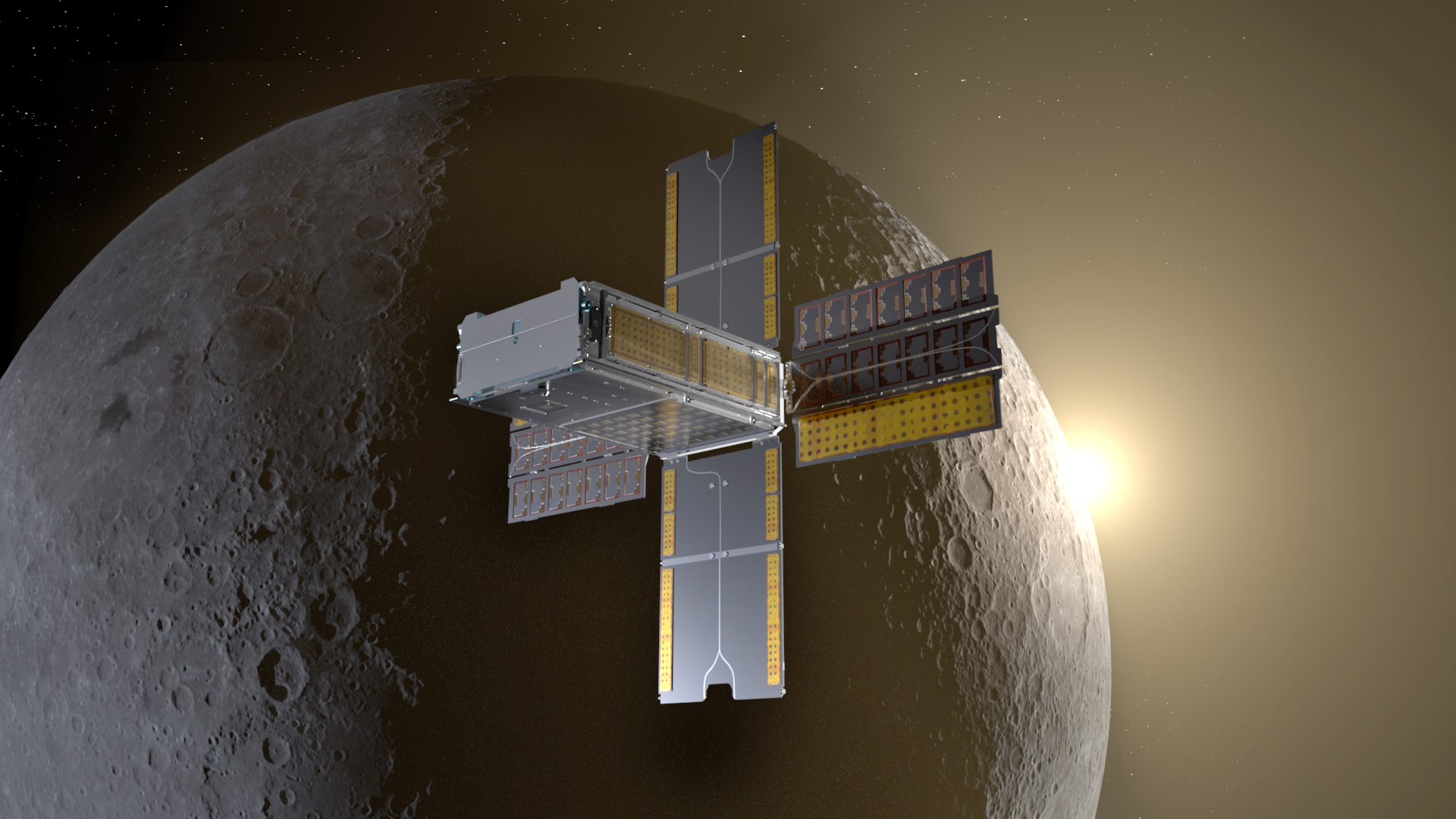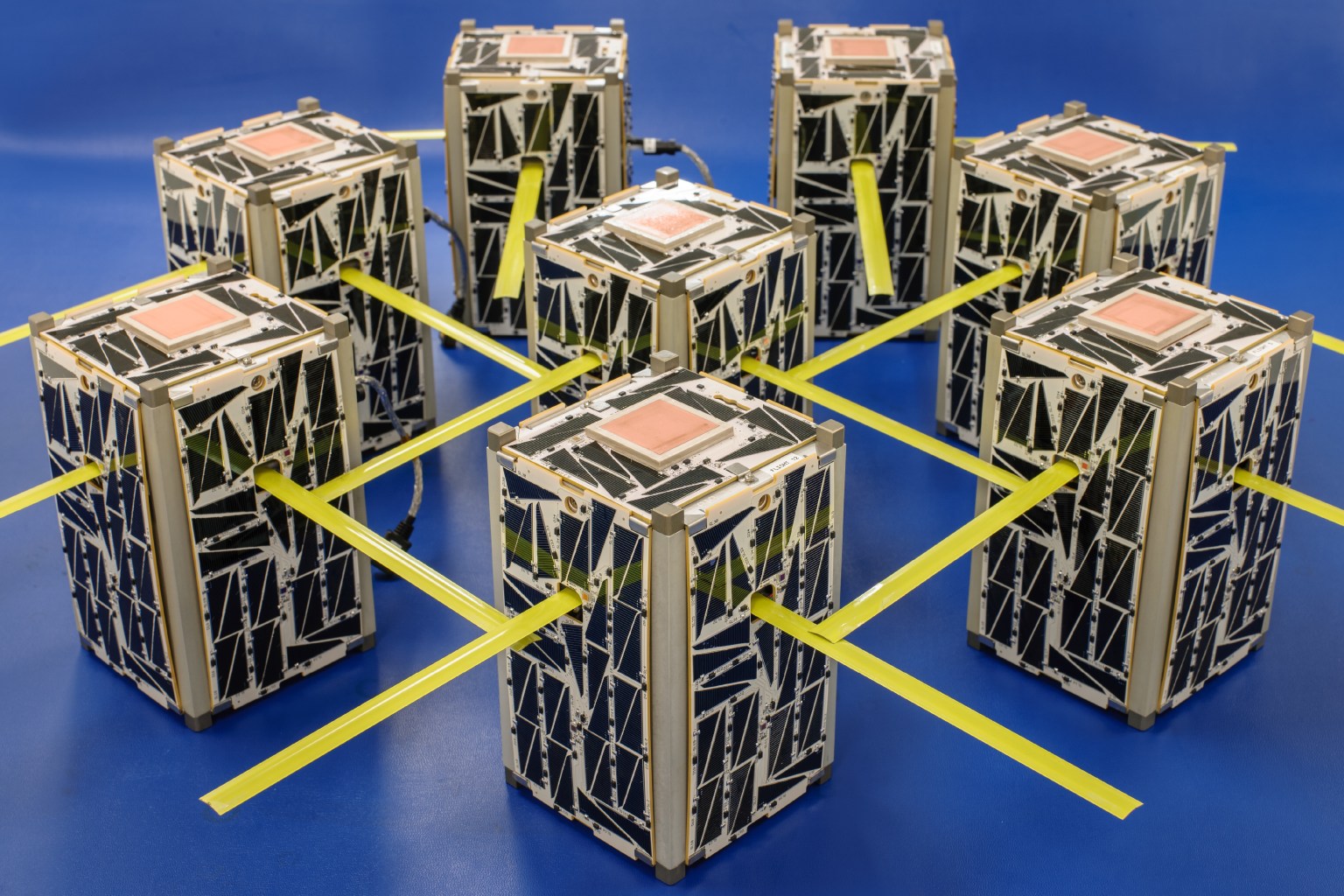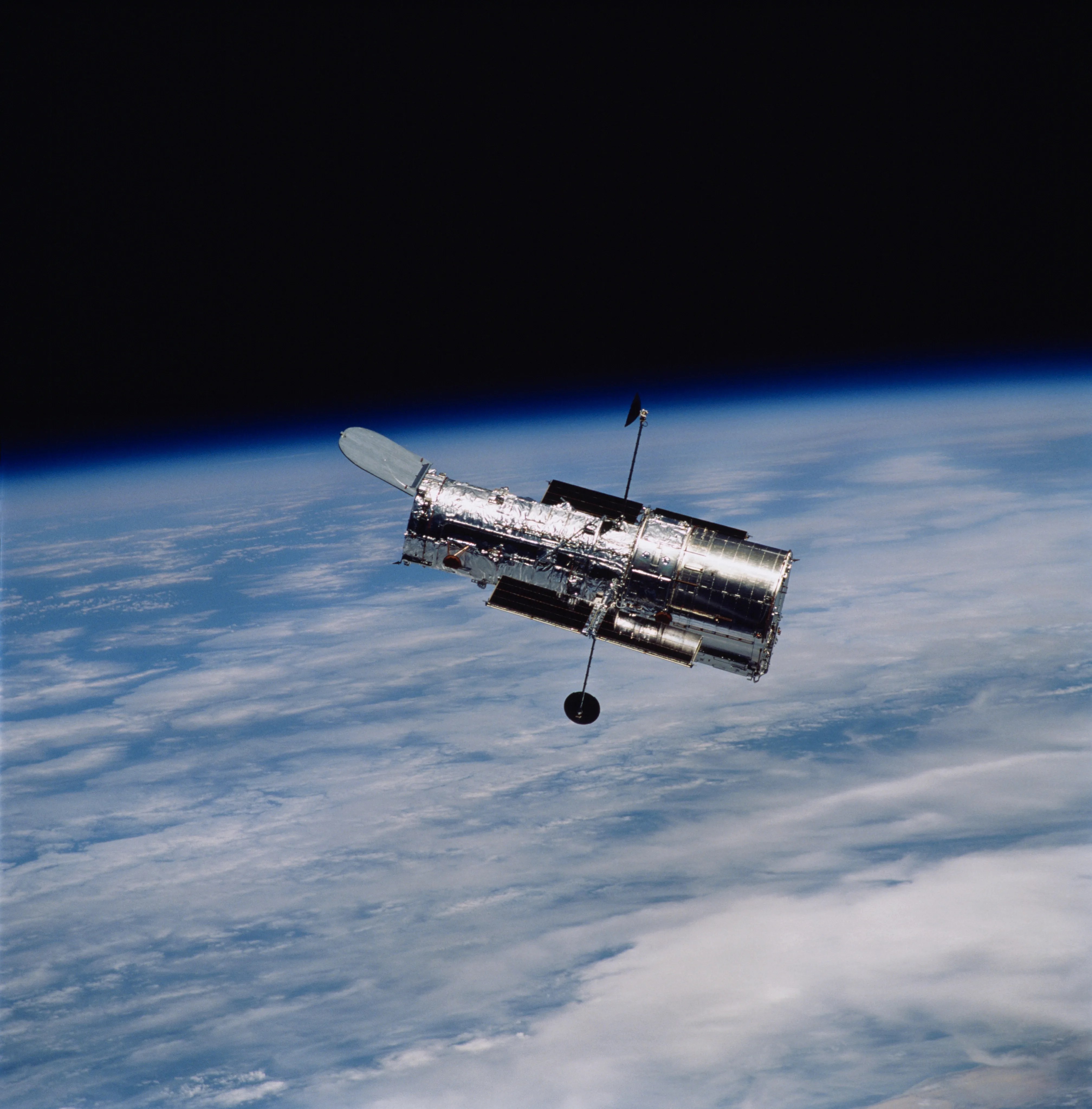The Spaceflight Projects Office provides project management
for cost effective spaceflight projects.
Our capabilities include project and technical management of:
- Spaceflight biological payloads
- Technology demonstrations
- Swarm technology
- International Space Station (ISS) science payloads
- Mission operations
This office can partner with any university, company, and government agency.
Current Projects

BioSentinel
Launched on Artemis-1, BioSentinel is a 6U CubeSat that carries a biology experiment into deep space for the first time since the Apollo program.
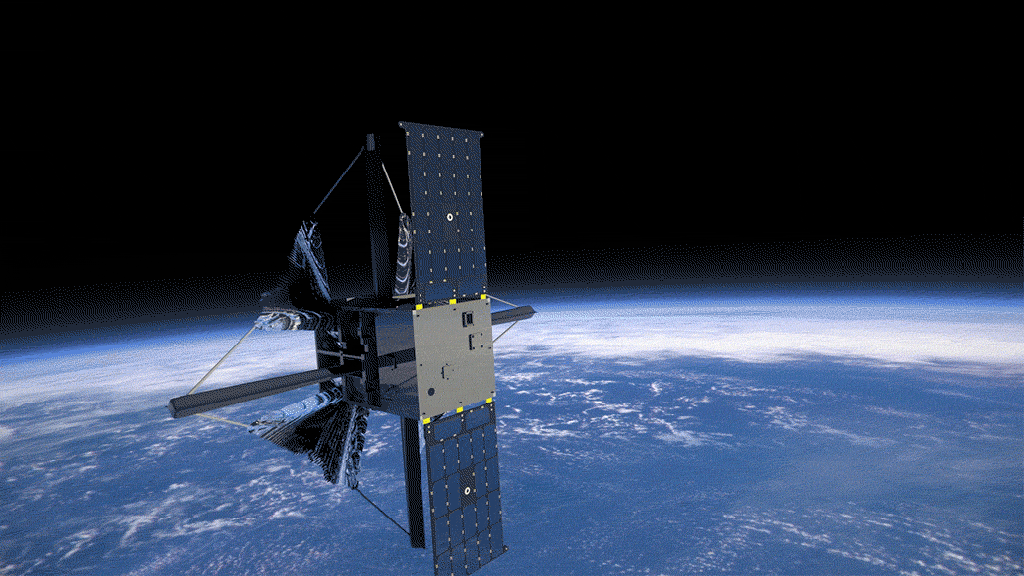
Advanced Composite Solar Sail System (ACS3)
ACS3, technology demonstration uses composite materials in its novel, lightweight booms that deploy from a Cubesat.
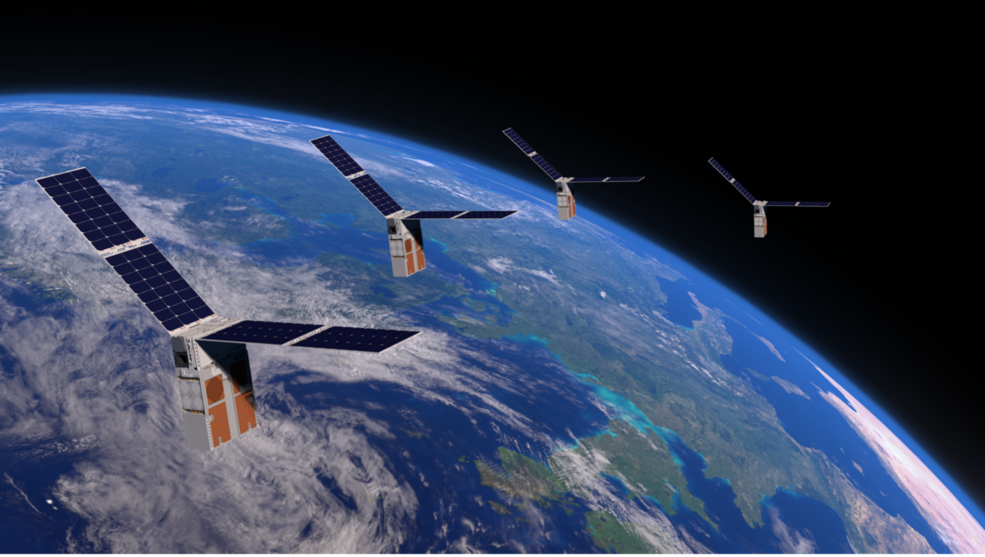
Starling
Starling will demonstrate technologies to enable multipoint science data collection by several small spacecraft flying in swarms.
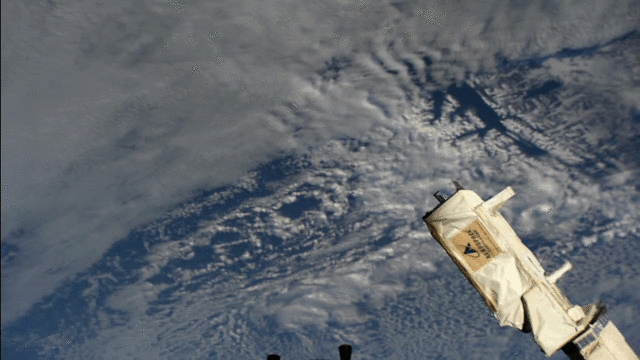
Technology Educational Satellite (TechEdSat) Series
NASA’s TechEdSat series of technology demonstrations aims to bring small payloads back to Earth or to the surface of Mars – while pushing the state-of-the art in a variety of nano-sat technologies and experiments.

CubeSat Laser Infrared CrosslinK (CLICK)
CLICK mission will demonstrate technology to advance the state of the art in communications between small spacecraft as well as the capability to gauge their relative distance and location.

Payload Accelerator for CubeSat Endeavors (PACE)
NASA’s Payload Accelerator for CubeSat Endeavors, or PACE, initiative is finding ways to speed up the process of getting small spacecraft technologies ready for prime time.
Past Projects
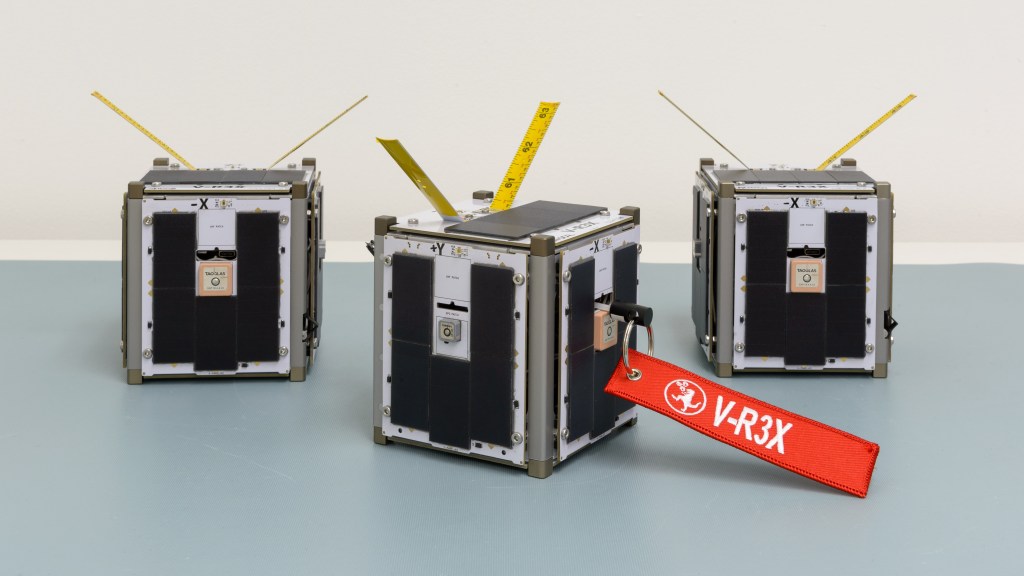
V-R3x
Using three satellites known as CubeSats, each about the size of a coffee mug, the mission will conduct a series of such demonstrations.

WetLab-2
Quantitative PCR tools for spaceflight studies of gene expression aboard the International Space Station. Wetlab-2 is a research platform for conducting real-time quantitative gene expression analysis aboard the International Space Station.
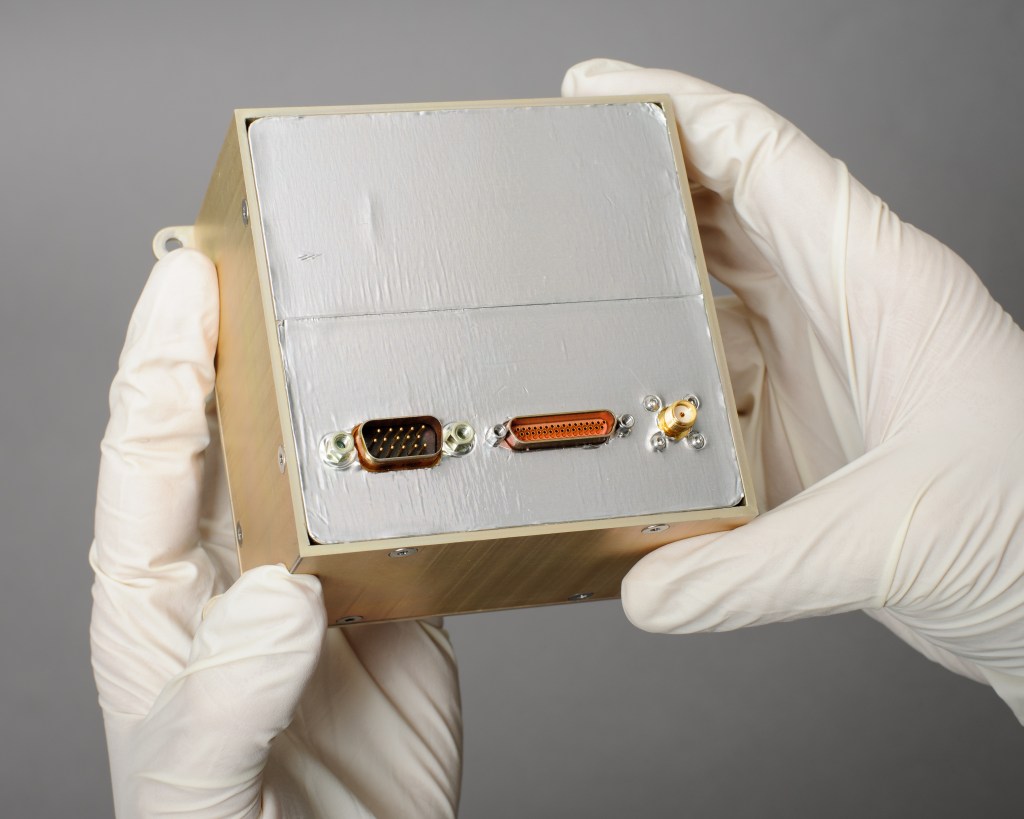
AVA
Affordable Vehicle Avionics (AVA): Common Modular Avionics System for Nano-Launchers Offering Affordable Access to Space.
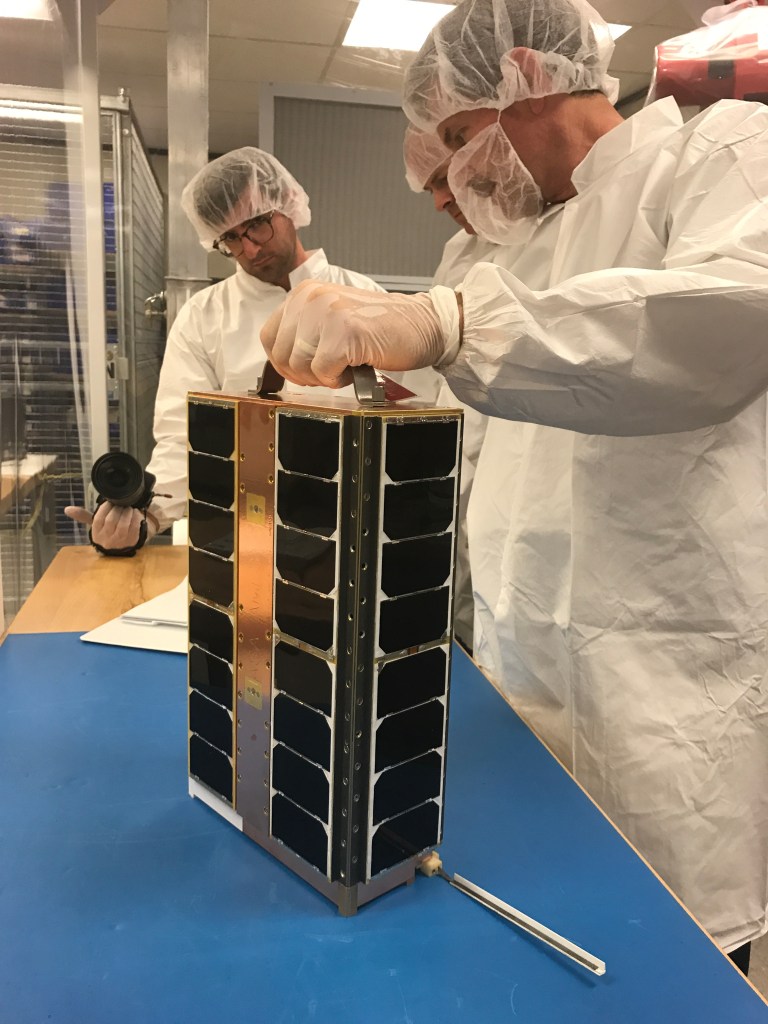
EcAMSat
The E. coli AntiMicrobial Satellite (EcAMSat) mission will investigate space microgravity effects on the antibiotic resistance of E. coli, a bacterial pathogen responsible for urinary tract infection in humans and animals.
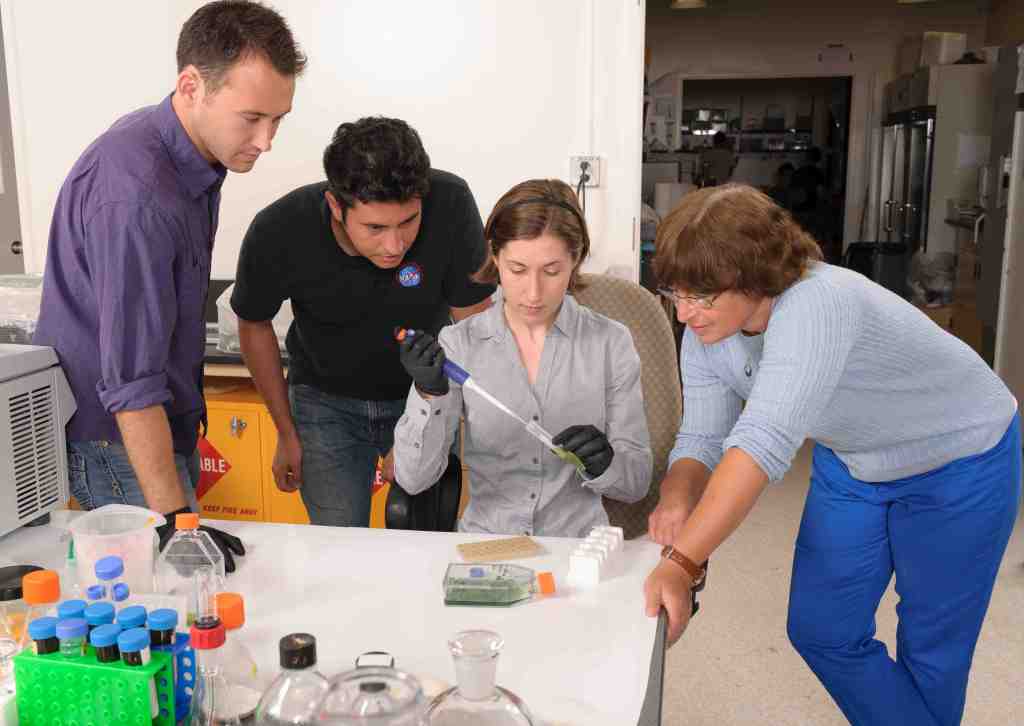
PowerCell
In its first flight, the PowerCell Payload will investigate the performance of microbial mini-ecologies containing both photosynthetic microbes and consumer organisms.
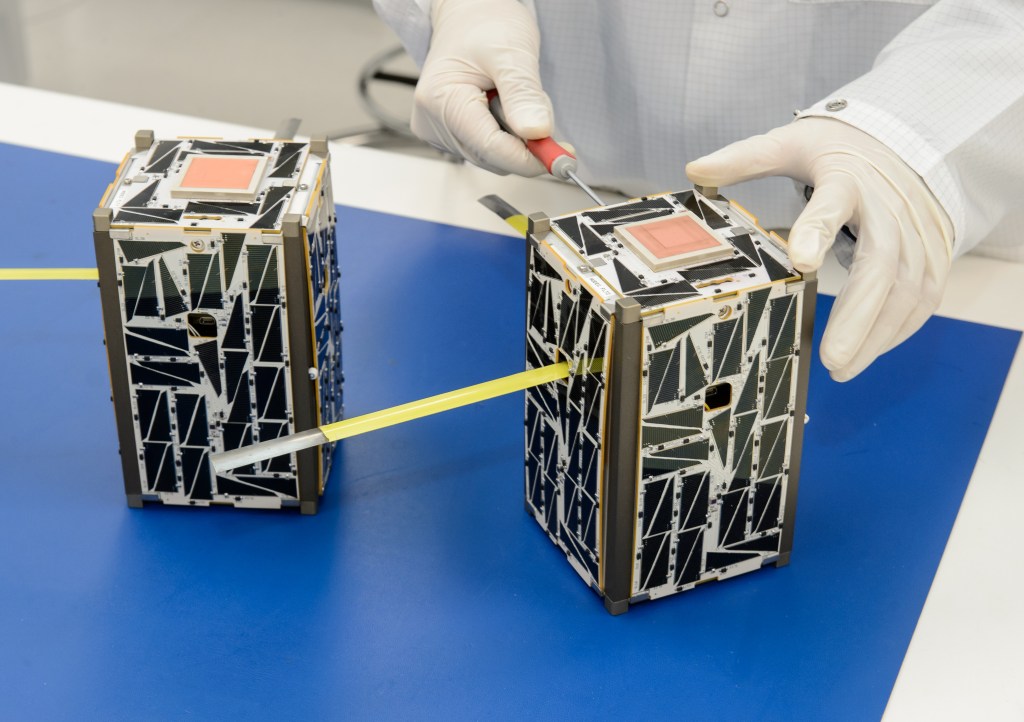
Nodes
NASA’s Nodes satellites, a pair of tissue box-size CubeSats, launched to the International Space Station on December 6, 2015. The two Nodes satellites were deployed from the Station on May 16, 2016 to demonstrate new network capabilities critical to the operation of swarms of spacecraft.
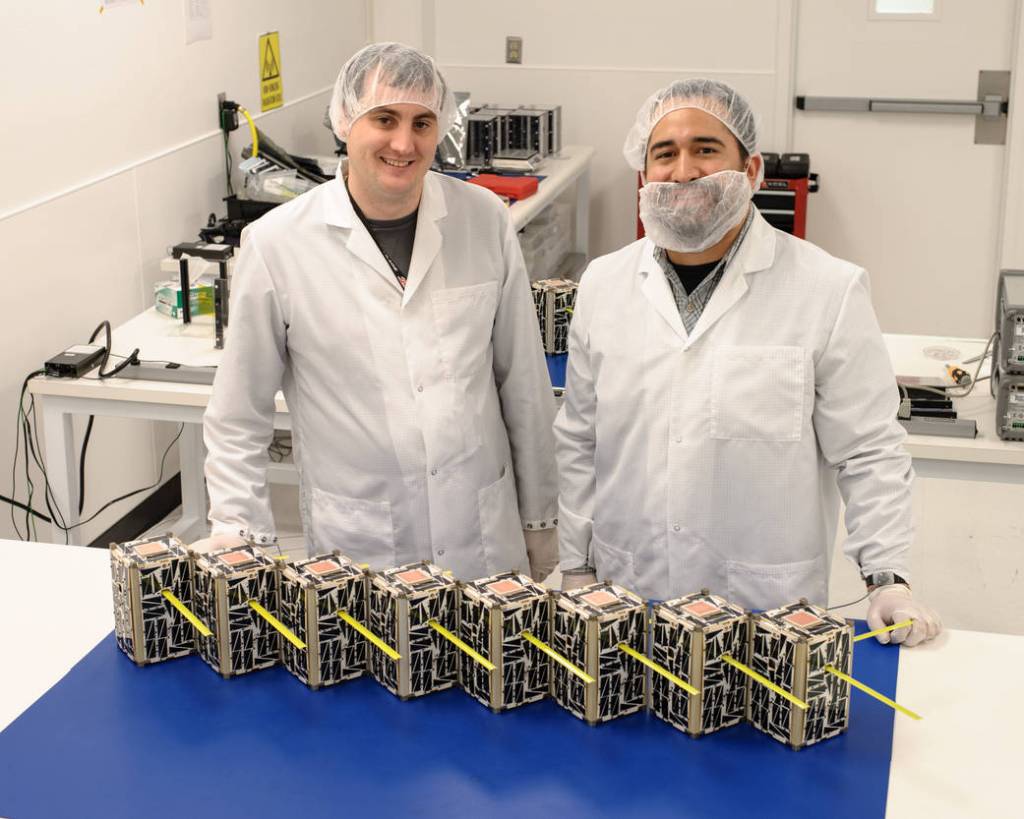
EDSN
On November 3, 2015, the eight small satellites of the Edison Demonstration of Smallsat Networks (EDSN) mission were lost in the failure of the launch vehicle that was carrying them to orbit as secondary payloads. There will be an opportunity to complete some of the objectives of the EDSN mission in the Nodes follow-on mission.
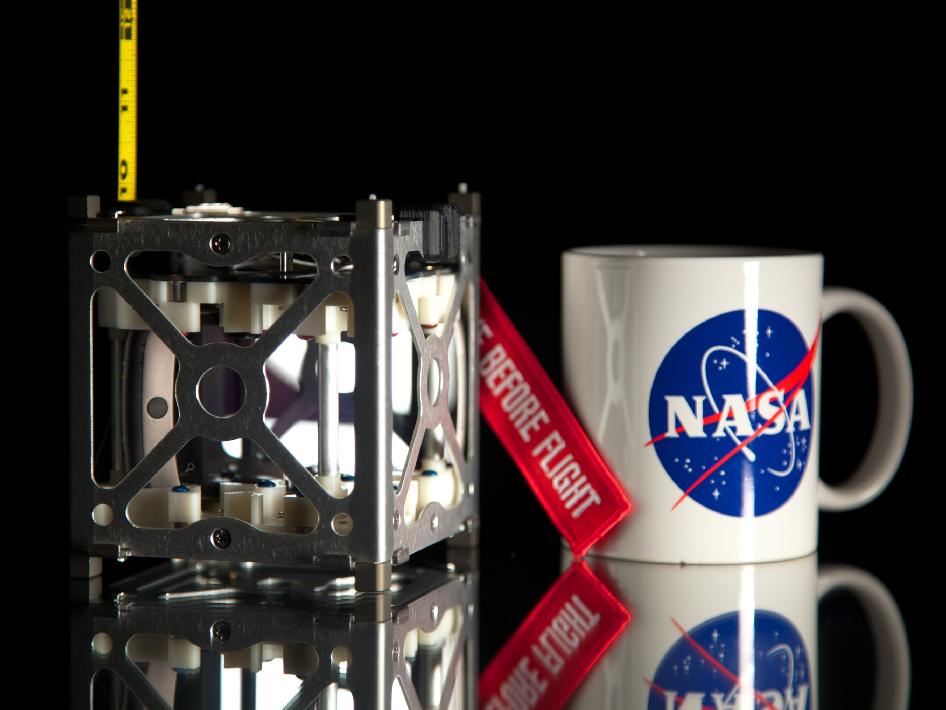
PhoneSat
NASA's PhoneSat project tests whether spacecraft can be built using smartphones to launch the lowest-cost satellites ever flown in space.
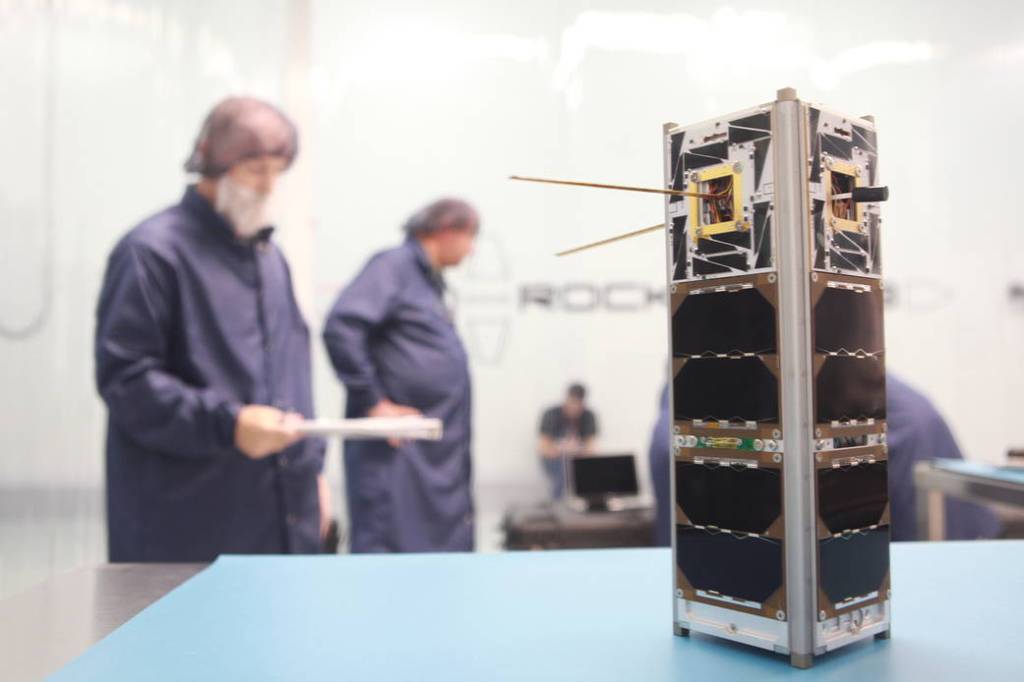
ELaNa 19: CHOMPTT
The goal of the CHOMPTT mission is to demonstrate new technologies that could be used for navigation and satellite networking in deep space.
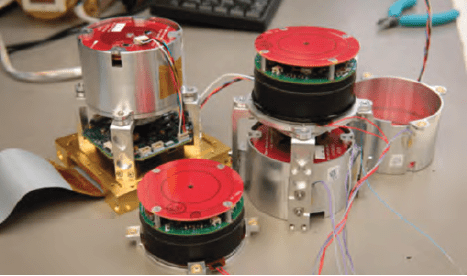
SporeSat
SporeSat is an autonomous, free-flying three-unit (3U) spacecraft that will be used to conduct scientific experiments to gain a deeper knowledge of the mechanisms of plant cell gravity sensing.
Collaborations
SPHERES
SPHERES consists of three free flying vehicles inside the International Space Station (ISS) identifiable by their shell colors of Red, Blue, and Orange. Initially the SPHERES were designed for testing on control theory algorithms. The Satellites are about the size and mass of a bowling ball and use cold gas thrusters (CO2) to propel the vehicles around a fixed experiemntal volume. The SPHERES program currently operates out of the Japanese Experimental Module (JEM) inside the ISS.
Kepler
The Kepler Mission, NASA Discovery mission #10, is specifically designed to survey our region of the Milky Way galaxy to discover hundreds of Earth-size and smaller planets in or near the habitable zone and determine the fraction of the hundreds of billions of stars in our galaxy that might have such planets.
LADEE
NASA’s Lunar Atmosphere and Dust Environment Explorer (LADEE, pronounced like “laddie”) is a robotic mission that will orbit the moon to gather detailed information about the lunar atmosphere, conditions near the surface and environmental influences on lunar dust. A thorough understanding of these characteristics will address long-standing unknowns, and help scientists understand other planetary bodies as well.
SOFIA
SOFIA is a heavily modified Boeing 747 Special Performance jetliner that carries a telescope with an effective diameter of 100 inches (2.5 meters) at altitudes of 39,000 to 45,000 feet (12 to 14 km). SOFIA is a joint project of NASA and the German Aerospace Center. The aircraft observatory is based at NASA’s Armstrong Flight Research Center facility in Palmdale, California. The agency’s Ames Research Center in Moffett Field, California, is home to the SOFIA Science Center, which is managed by NASA in cooperation with the Universities Space Research Association in Columbia, Maryland, and the German SOFIA Institute at the University of Stuttgart.
Spaceflight Division Points of Contact
| For general inquiries: | |
|---|---|
| Matt Napoli, Spaceflight Division Chief | matthew.c.napoli@nasa.gov |
| All others: | |
|---|---|
| SmallSat: | arc-smallsat@mail.nasa.gov |
| Partnership Inquiries: | arc-publicinquiries@mail.nasa.gov |
| Public Inquiries: | arc-publicinquiries@mail.nasa.gov |
| You can also write to: | Public Affairs Office NASA Ames Research Center Mail Stop 204-14 Moffett Field, CA 94035-0001 Please allow 10-15 business days for processing. For email inquiries, be sure to include a subject and do not include any attachments. |
| News Media Requests: | To request news media interviews with Ames researchers, please contact the Ames Public Affairs Office at 650-604-4789, or click here for media contacts and other resources. For documentary, book, entertainment and commercial requests, please send a treatment and information about your project’s distributor to bert.ulrich@nasa.gov. NASA does not support speculative projects. |































